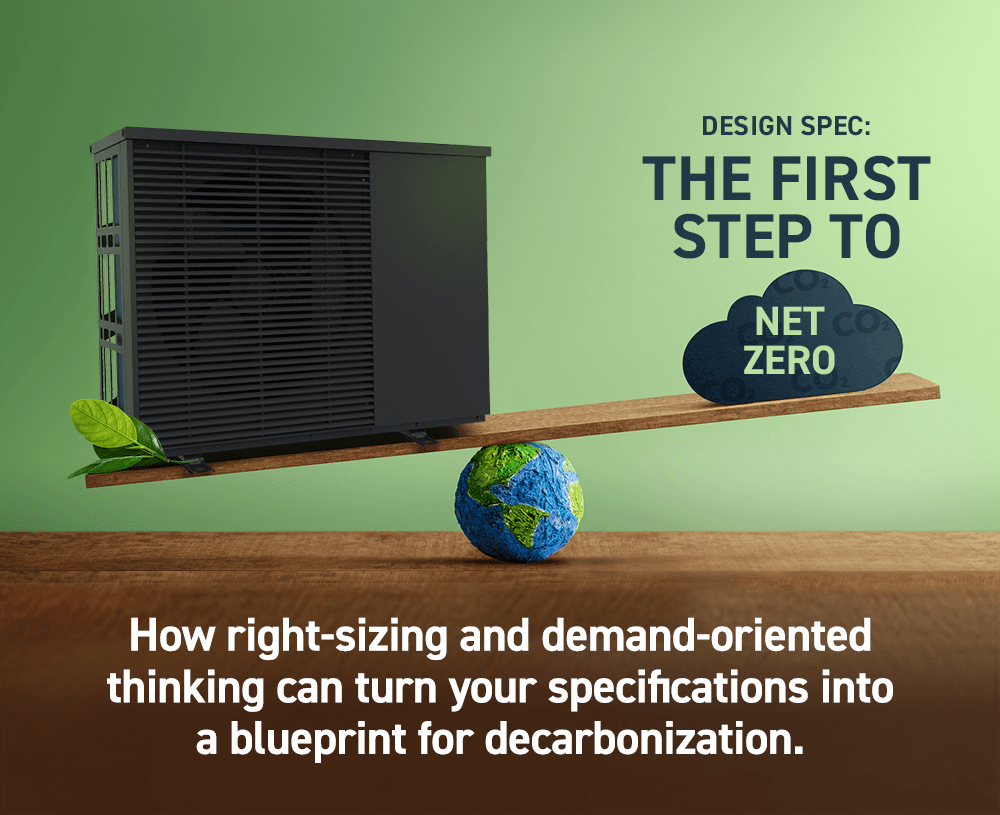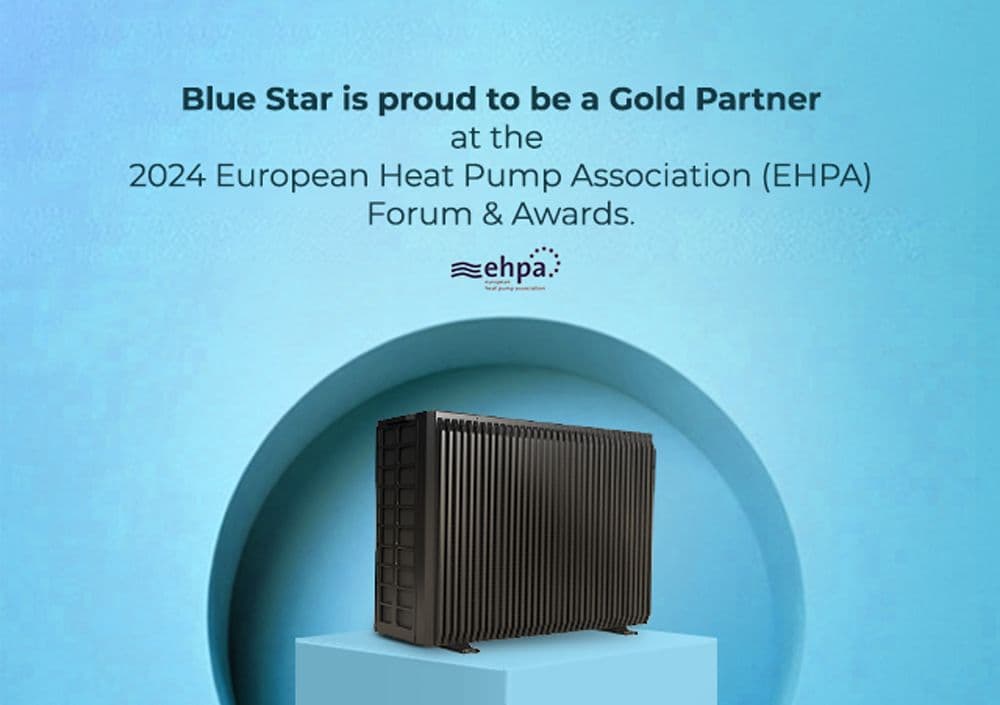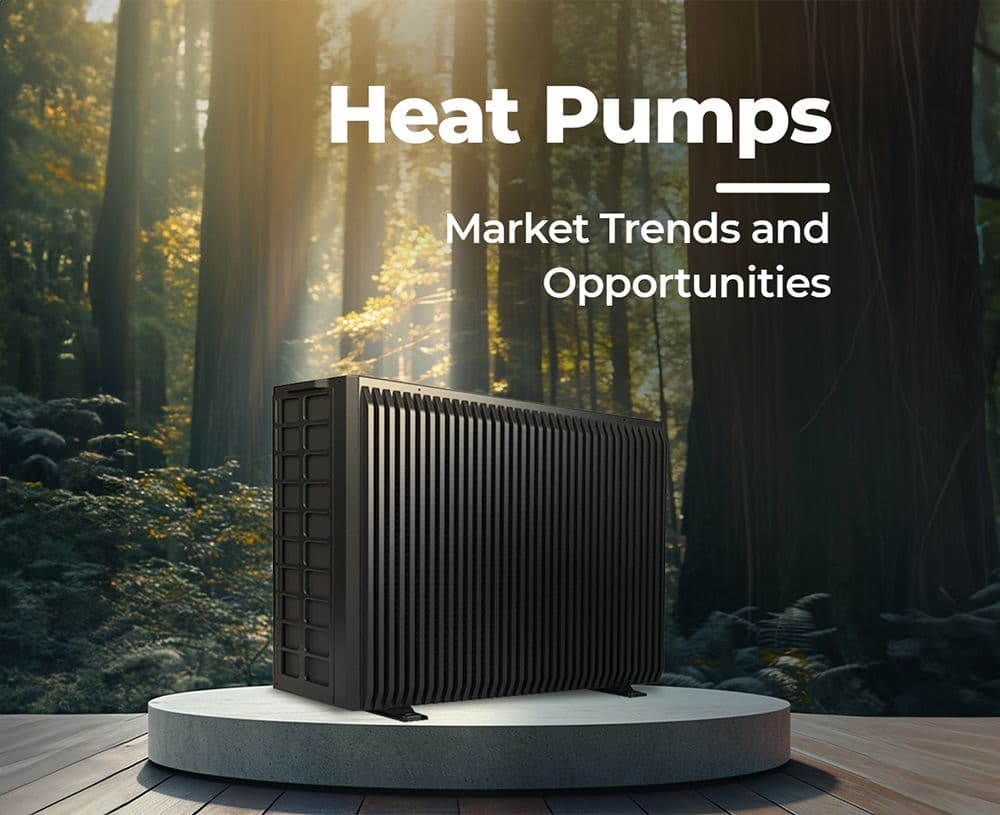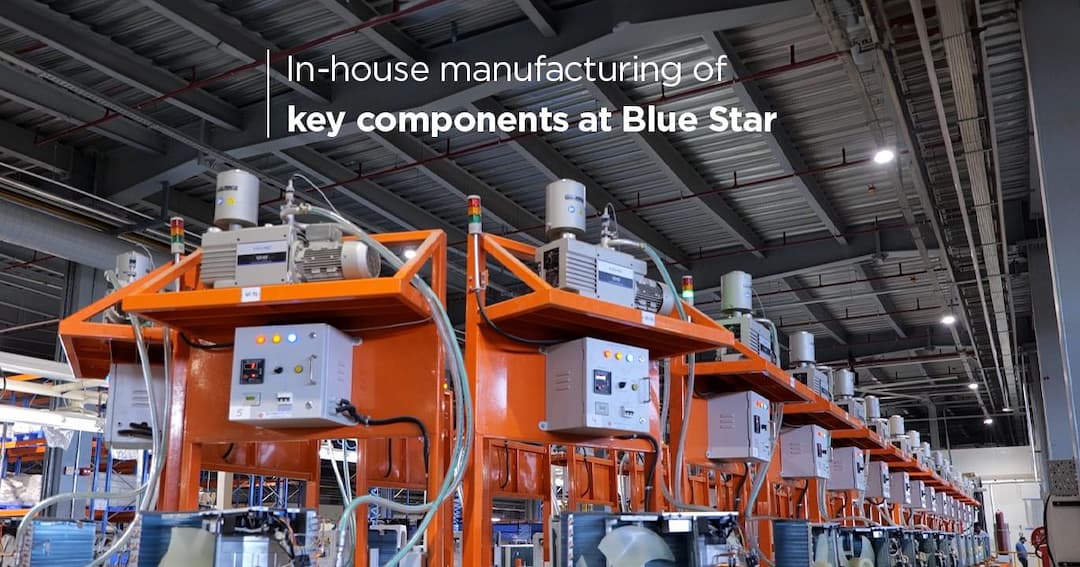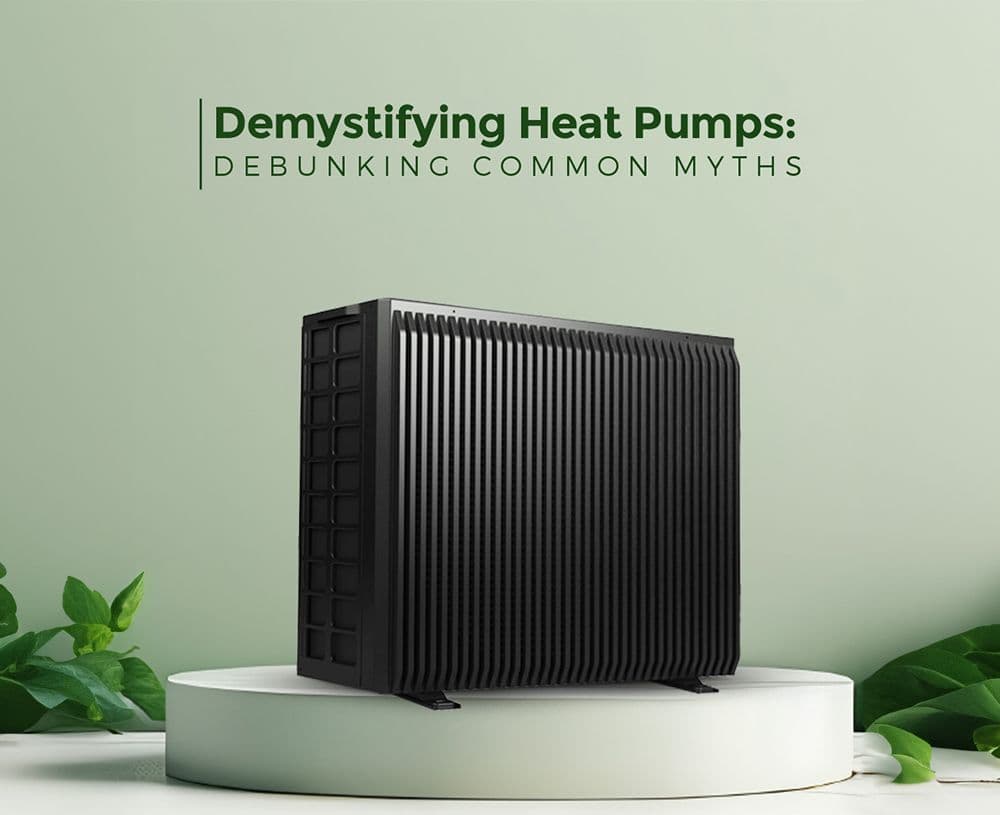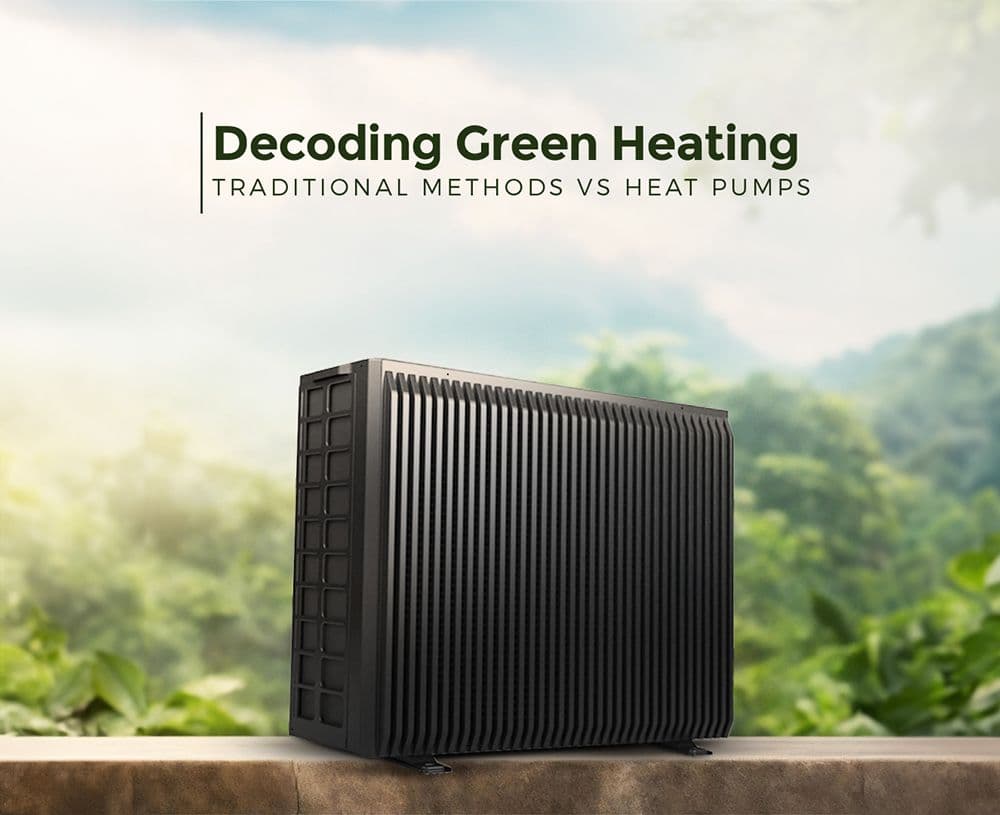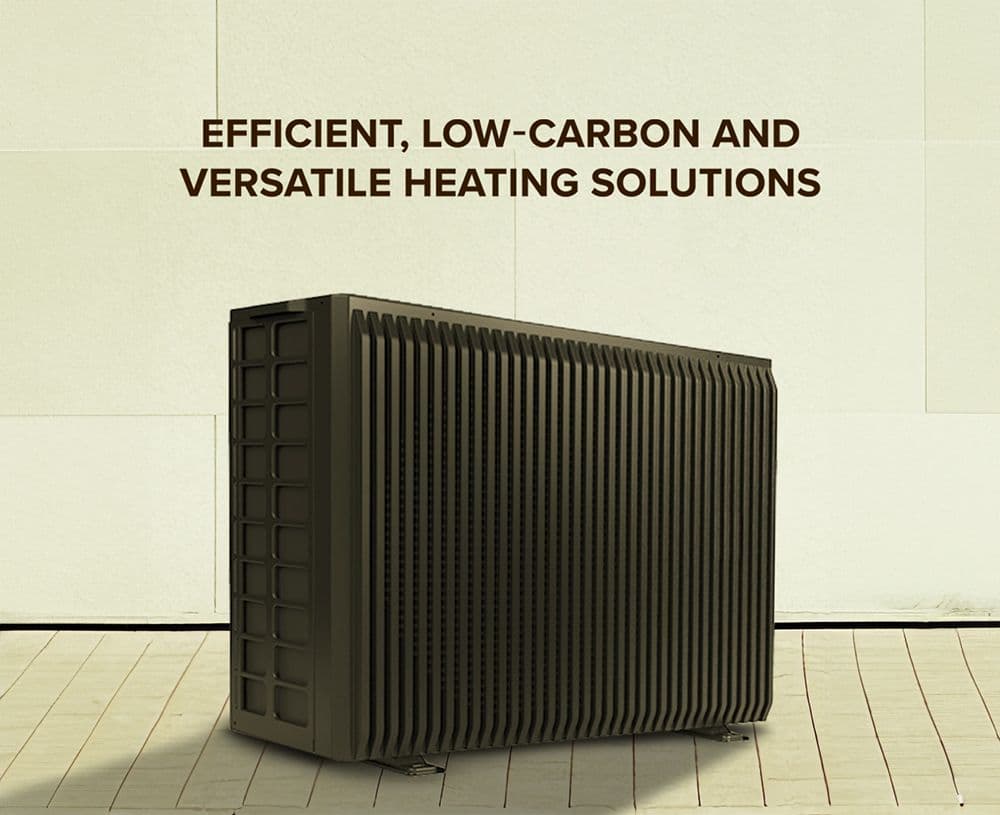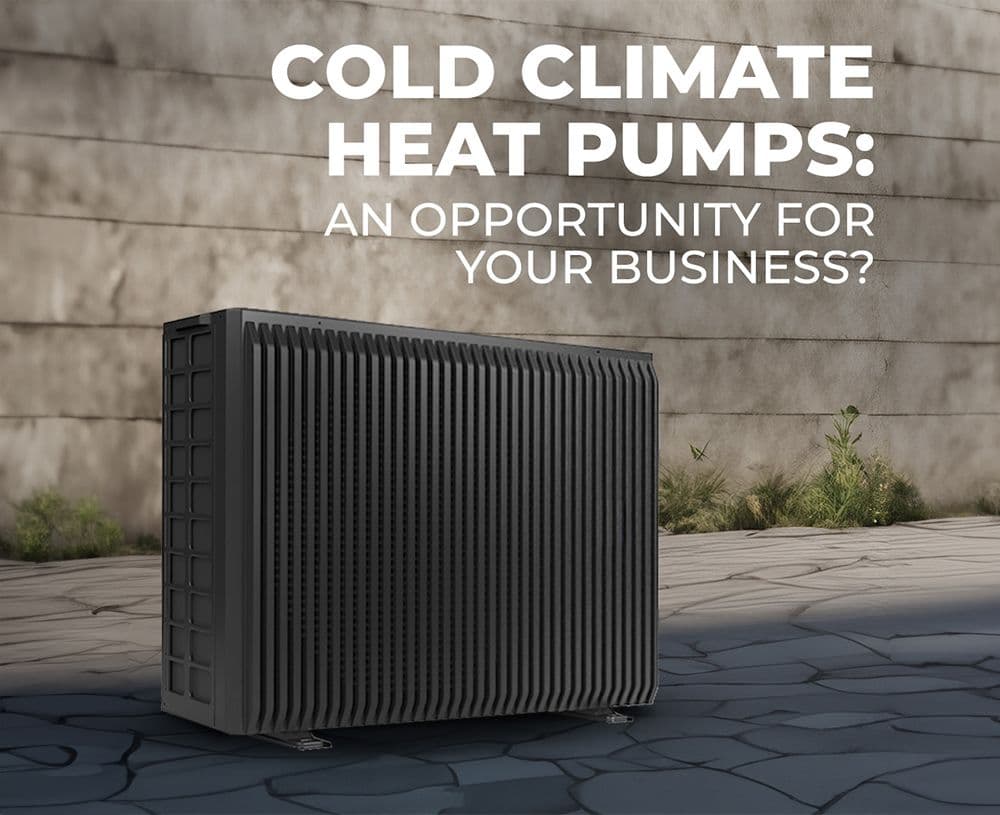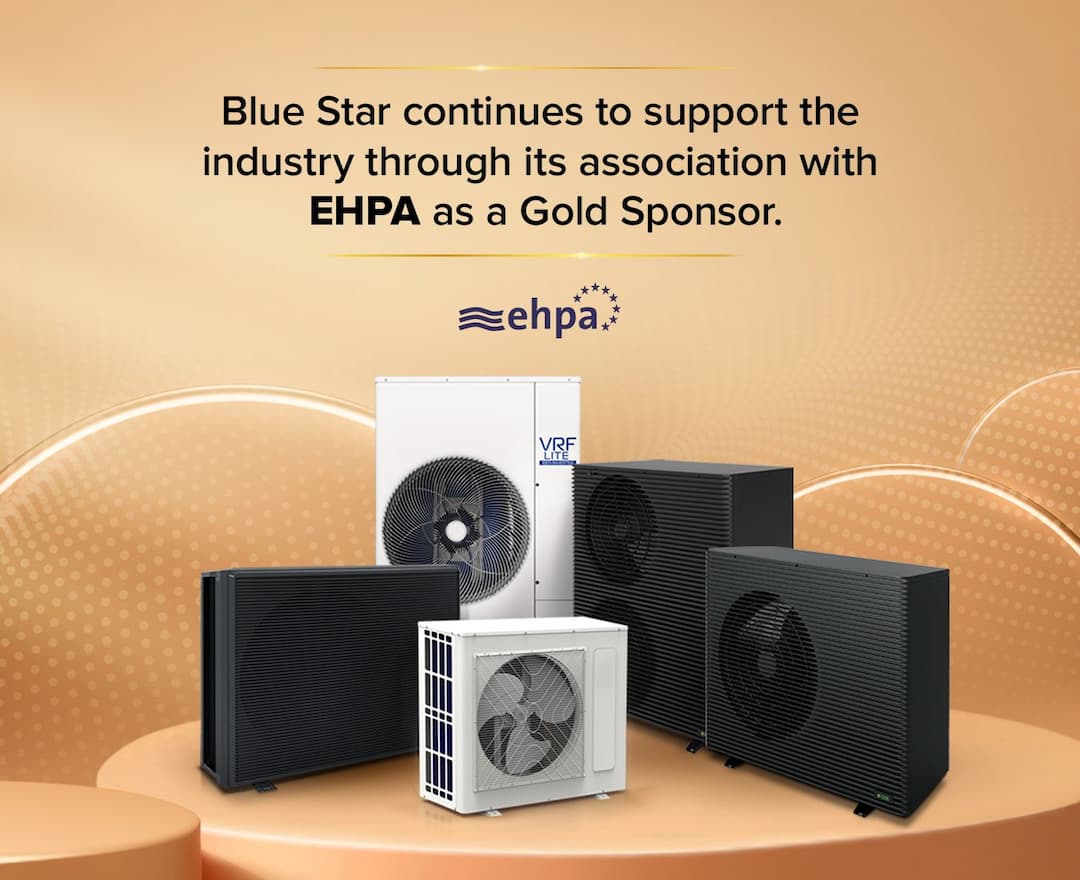Navigating F-Gas Regulations: Essential Guide for HVAC Manufacturers
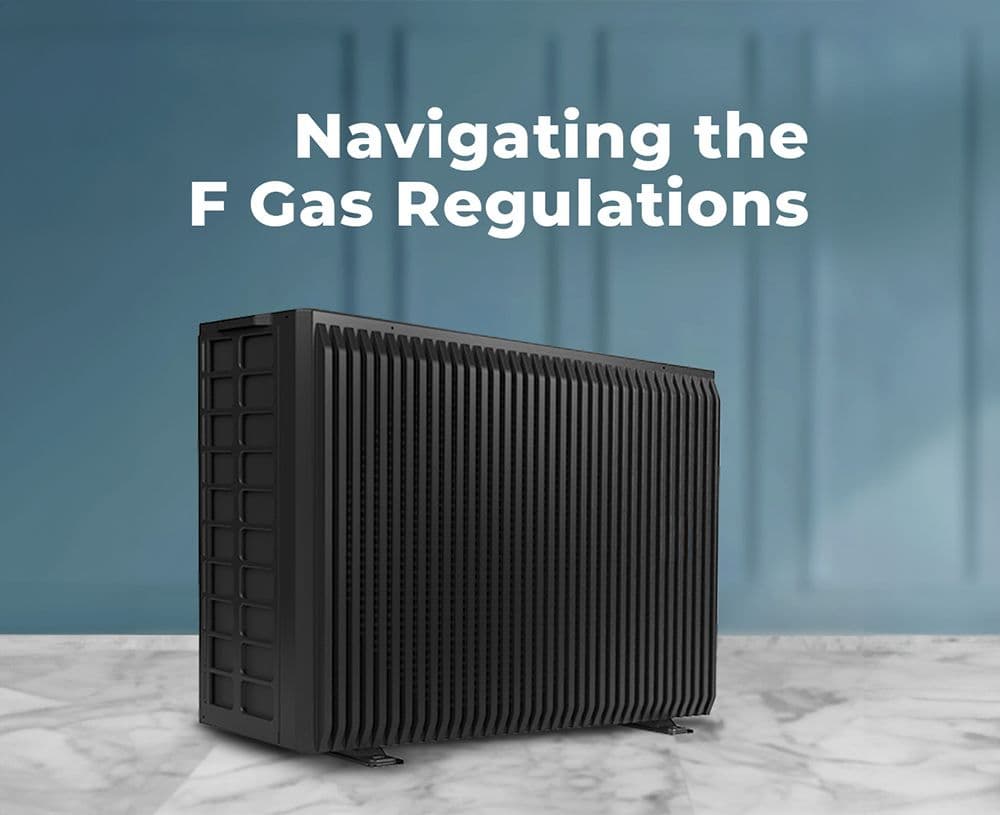
Blue Star explains why manufacturers must adapt quickly to the changing HVAC landscape and how partnering with an expert product design partner can maximise opportunities ahead.
As a global leader in HVAC innovation, Blue Star understands the need for manufacturers to stay ahead of regulations while delivering products that meet both environmental standards and market demands.
With a presence in Europe, North America, the Middle East, and Asia, Blue Star has long recognised that navigating regulatory landscapes, such as the EU F Gas Regulations, requires agility and expertise.
Blue Star’s Custom Design Manufacturing (CDM) service enables manufacturers to provide custom-made HVAC solutions to meet the needs of the constantly evolving market and regulatory requirements.
As the world grapples with the need to reduce greenhouse gas emissions, the air conditioning and heat pump industry finds itself at the forefront of a significant transition. The EU F Gas Regulations are shifting away from high-GWP (Global Warming Potential) refrigerants towards more environmentally friendly alternatives such as R32 and natural refrigerants like CO2.
In monobloc heat pumps and air conditioning from 2032
In split air conditioning and heat pumps from 2035
There are also now bans in place for stationary air conditioning and heat pump products if they contain F gases with a GWP higher than 150:
2027: plug-in room, monobloc, and other self-contained units of 12kW or less
2030: plug-in room, monobloc, and other self-contained units of 12kW or less
2027: Split systems, air-to-water of 12kW or less
2029: Split systems, air-to-air of 12kW or less From
2035, no F gas refrigerants will be allowed in split systems, air-to-air or air-to-water of 12kW or less.
For split systems greater than 12kW, the GWP limit on refrigerants will be 750 from 2029 and 150 from 2033. The regulations present challenges and opportunities for HVAC manufacturers supplying the EU market. The challenge lies in navigating the future landscape of HVAC product design and manufacture between regulatory requirements and client demands. The new EU F Gas phase-down accelerates a process that was already underway, putting manufacturers under pressure to keep pace with change.
This regulatory shift is necessary for environmental protection, but adopting new low-GWP refrigerants requires new thinking around product development.
Low-GWP refrigerants, while less harmful to the environment, often require different handling, safety measures, and system designs. For instance, some of these new refrigerants are categorised as ‘mildly flammable’, which adds complexity to the design of products using them. What’s more, the performance characteristics of low-GWP refrigerants differ from those of traditional HFCs, impacting system efficiency and operational costs.
For manufacturers this changing market demands a proactive approach. The transition to low-GWP refrigerants is not just about compliance; it's about staying ahead in a market where specifiers and end-users of HVAC equipment are becoming more discerning, seeking HVAC systems that not only meet the latest environmental standards but also deliver high-performance, energy efficiency, and cost-effectiveness.
Additionally, the global nature of the HVAC industry adds another layer of complexity. While the EU has led the charge with the F Gas Regulations, other regions have their own timelines and requirements.
As a result, manufacturers must innovate rapidly, adapting their product lines to incorporate new refrigerants without compromising on quality or reliability.
Despite these challenges, the evolving regulatory landscape also presents opportunities for innovation.
Manufacturers that can successfully develop and market low-GWP HVAC systems stand to gain a competitive edge. The push towards sustainability adds a premium to building values and attracts higher rental values for landlords.
HVAC systems can play a key role in achieving energy efficiency or sustainability certifications. HVAC manufacturers that can offer systems optimised for these priorities will be well-positioned to lead the market in the coming years.
Manufacturers face a complex but ultimately rewarding path as the F Gas Regulations continue to drive change in the HVAC industry. Those who can navigate the challenges of low-GWP refrigerants, while meeting the evolving demands of the market, will not only comply with regulations but also contribute to a more sustainable future.
Collaboration and custom solutions may provide the best path forward for manufacturers seeking to innovate in this space. Blue Star offers Custom Design Manufacturing (CDM) services to help its partners develop tailored HVAC products that meet both regulatory requirements and market expectations.
Our service goes beyond simply re-badging products; we work closely with manufacturer partners to design unique products to meet very particular requirements.
Blue Star has extensively researched and applied low-GWP refrigerants in millions of HVAC systems. This real-world experience, combined with our talented engineering team and state-of-the-art innovation centres, makes us the obvious choice for manufacturers looking to expand their product portfolio. Working with Blue Star will de-risk and accelerate product development while providing you with the agility required to successfully navigate the changing HVAC landscape.
